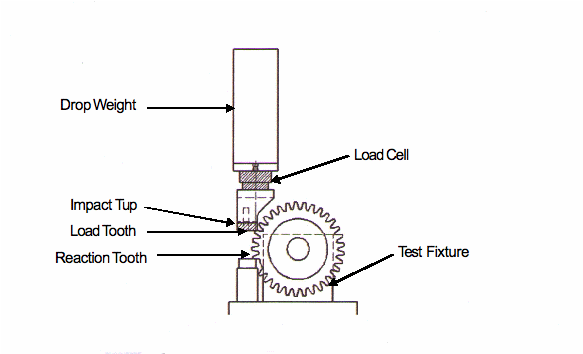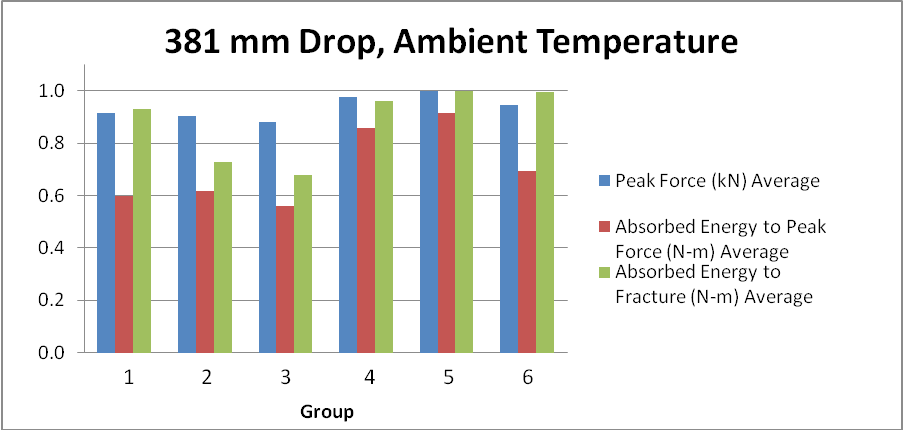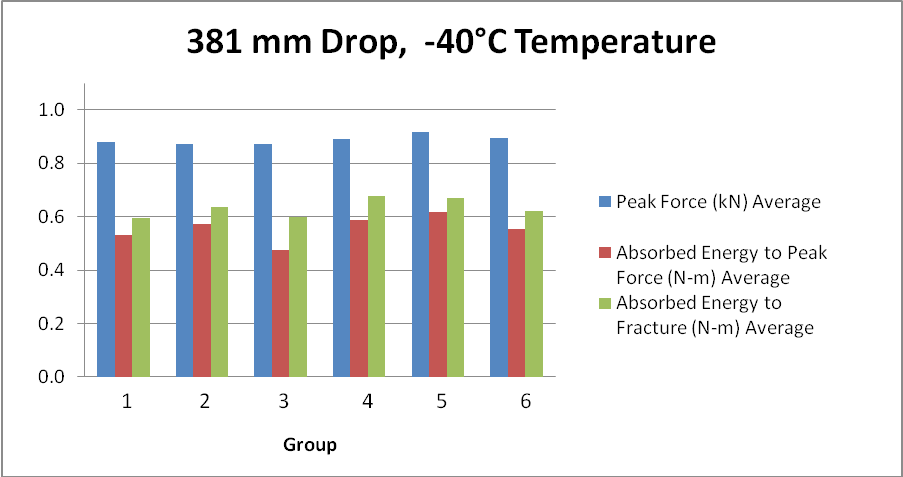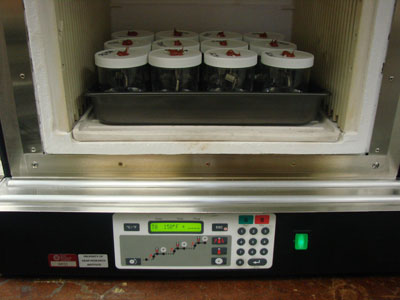Jun 2011 Newsletter - Transmissions Vol 8, 2011

Foreward
With a blatant breach of protocol this is written by your newest member of the GRI. Having attended my first Board meeting this Spring I can tell you the GRI is a vibrant organization with valuable projects underway, more scheduled to begin, and a healthy list to explore for the future. Students approaching new degree status are involved in meaningful experiences, gaining footholds for their future employment. Yes, the GRI is serving several layers of our drivetrain society and making progress in the creation of value for future products.
Nestled within the discovery stage I find many things of interest within the GRI. I shall share my findings with you: Firstly, the organization is on sound footing with great leadership and appropriate finances. Conclusion: The incumbents and my predecessors were good. Secondly, activity abounds with projects for Siemens, Curtiss Wright, DCT, Timken, the AGMA, and an Aerospace Bloc. A book on gear vibration excitation is in the works and a “staff of eight” is busily turning the crank at the GRI to ensure all is moving forward.
Looking to the future, students are nurtured with a focused effort to engage them with industry. Through the GRI’s ARL program, you may sign up with an undergraduate or graduate and have useful work accomplished, develop interest in drivetrains, provide training, and attract talent. It’s a pretty good deal in my opinion. There ought to be a waiting line.
It all looks good to me and I am pleased to be a part of the team. If there are any ways the GRI can help you in your ventures, please contact us and in the meantime, you can always find what’s new at www.gearresearch.org. I hope this newsletter finds you basking in the glow of economic recovery and enjoying true growth within whatever sector you play.
Bryan Lammers
Division Manager
Caterpillar

Research Projects
Impact Behavior of Gear Steels
A 2009 Gear Research Institute newsletter described impact testing as a means of characterizing the behavior of gear steels. The figure below shows the set up. A linear variable differential transformer (LVDT- not visible) tracks the displacement of the drop hammer so that, besides the impact loads, displacement of the hammer as it strikes and breaks the tooth can also be recorded. This allows us to estimate the energy associated with the entire experiment

In this sponsored project the impact behavior of the specific gear steels groups were evaluated under different temperatures and other conditions. The results of testing six groups of gear steels at two temperatures are illustrated in the two charts below.


All values of load and energy have been normalized for proprietary reasons. However, interesting observations of impact performance between the groups of steel and their comparative behavior at ambient and cold temperatures can be derived. One significant observation is that while peak loads to failure at ambient and cold temperatures do not change significantly, significant changes in the energy absorption capability of the steel does. This is obviously related to the mode of failure (ductile or brittle) and careful analysis of the fractured surfaces supports this observation.
Education and Training
The above described effort is typical of the type of project that an undergraduate student can undertake to broaden his/her experimental, gear related background.
In order to assist the gear industry augment its aging work force, the Gear Research Institute has proposed two initiatives to train more gear knowledgeable engineers at the undergraduate and graduate levels. This involves incorporating engineering undergraduate students at the junior/senior level and graduate students in the Institute’s research efforts while being paid by a grant from the sponsoring industrial entity. Summer internships at the sponsor’s facility are also a part of the deal so that the student and the sponsor have an opportunity to assess each other with future employment in mind. For more details please contact Dr. Suren Rao at 814 865 3537 or This email address is being protected from spambots. You need JavaScript enabled to view it..

Figure 2: Corrosion specimens in the heating cycle
The Gear Research Institute is a non profit corporation. It has contracted with the Applied Research Laboratory of The Pennsylvania State University to conduct its activities, as a sponsor within the Drivetrain Technology Center. The Gear Research Institute is equipped with extensive research capabilities. These include rolling contact fatigue (RCF) testers for low- and high-temperature roller testing, power circulating (PC) gear testers for parallel axis gears with a 4-inch center distance (testers can be modified to accommodate other center distances), single tooth fatigue (STF) testers for spur and helical gears, gear tooth impact tester, and worm gear testers with 1.75 and 4-inch center distances. Extensive metallurgical characterization facilities are also available at Penn State in support of the Gear Research Institute. For further details on our testing capabilities please go to the Drivetrain Technology Center website or call Dr. Suren Rao, Managing Director, at (814) 865-3537.
